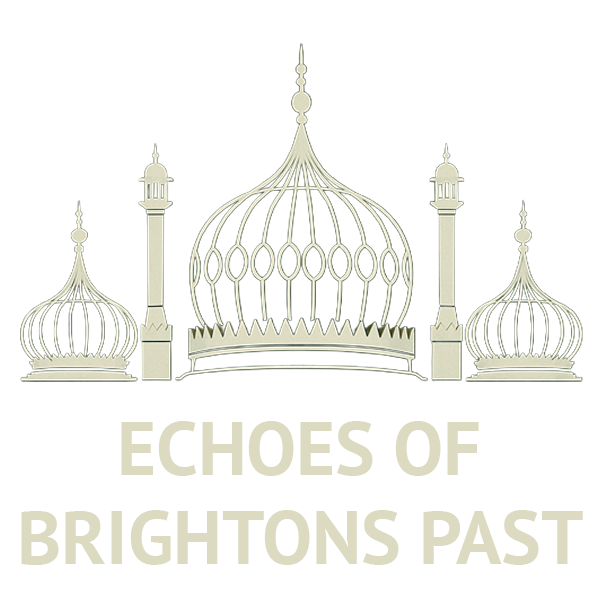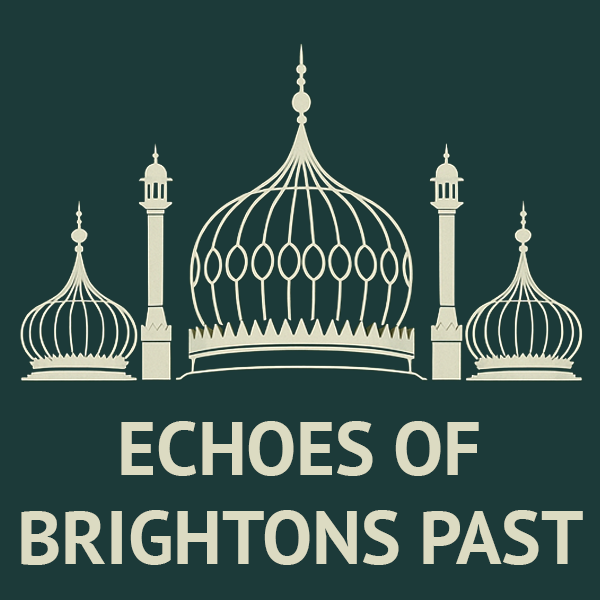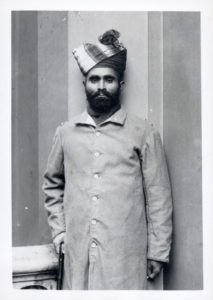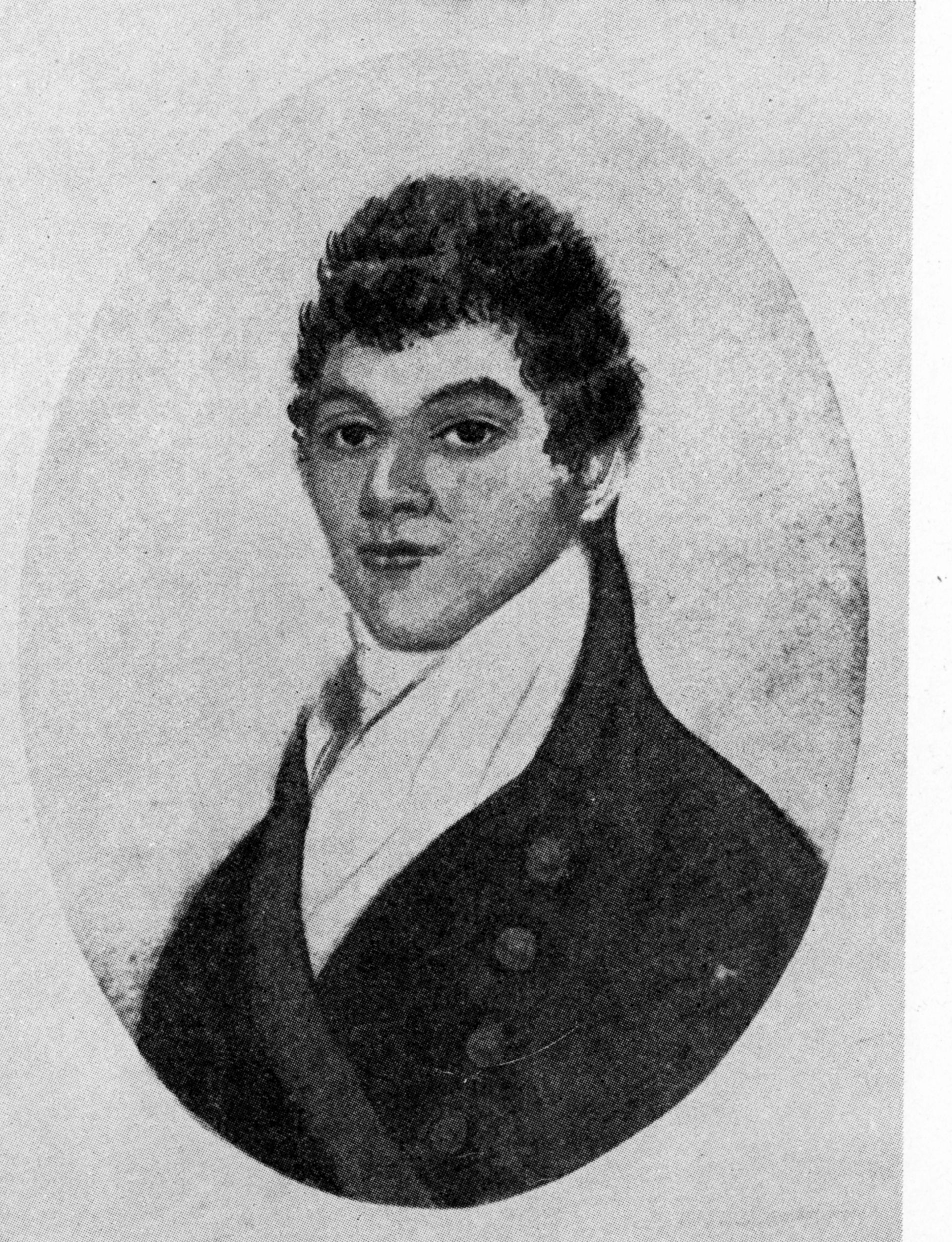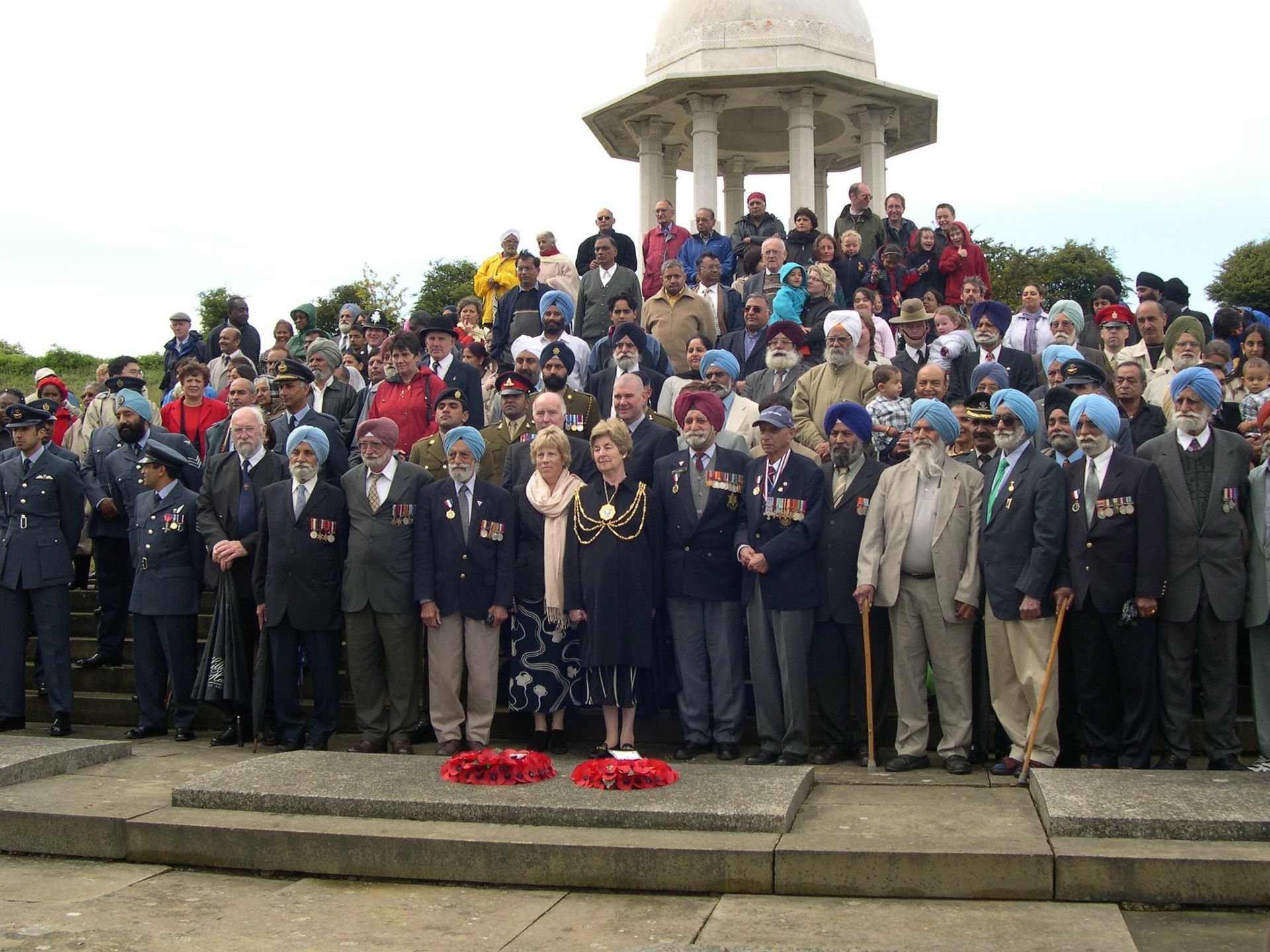Article
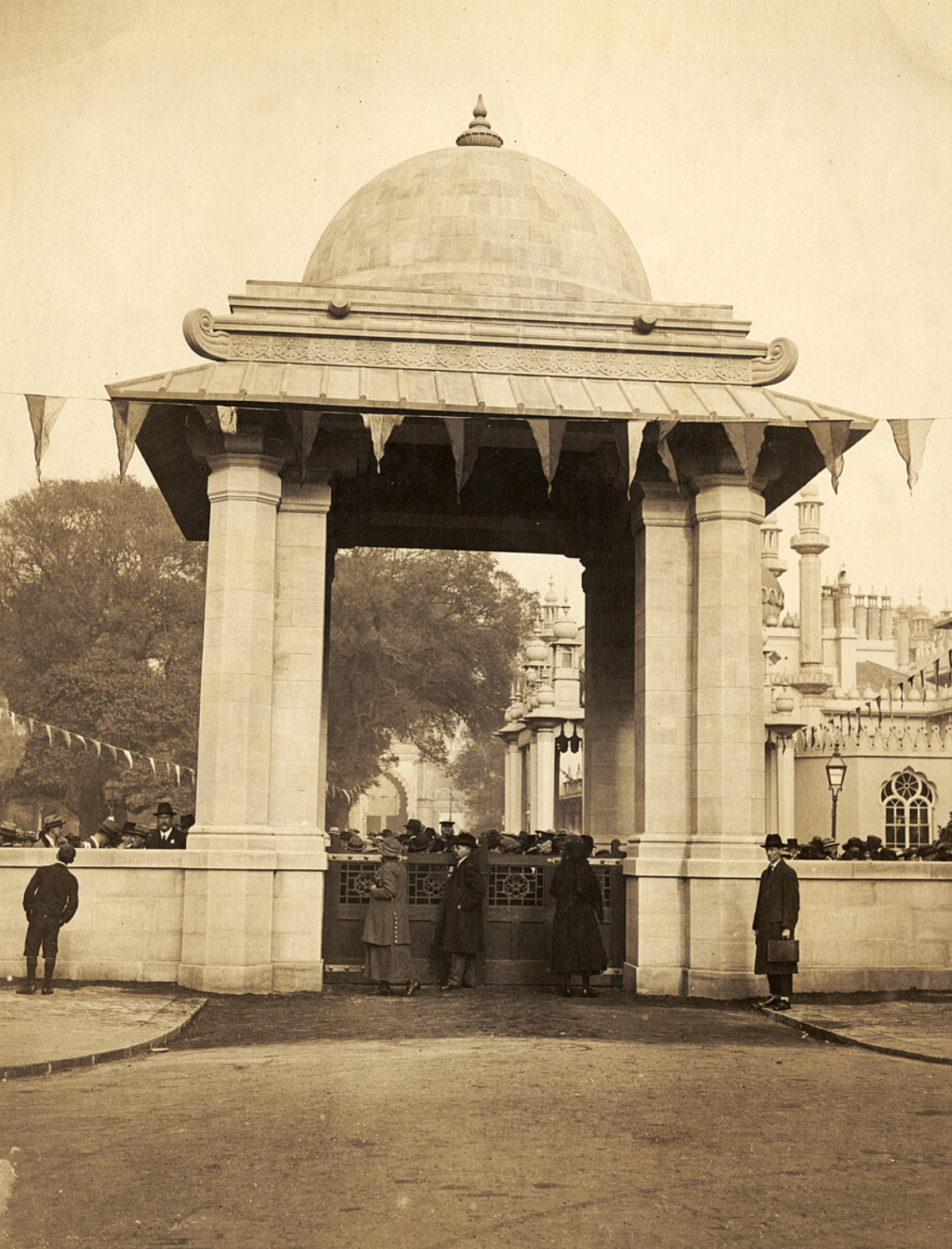
A Gift of Gratitude: The India Gate
Introduction: A Landmark with a Hidden History
Standing at the southern entrance to the Royal Pavilion Gardens, the India Gate is one of Brighton's most iconic landmarks. Its stone dome and pillars offer a unique blend of architecture that complements the Pavilion's exotic style. For many, it is simply another historical feature of the city, but its true story is far more poignant and lesser-known.
Unveiled in 1921, the India Gate is not a traditional war memorial, but a "gift of India" from the princes and people of India to the citizens of Brighton. Its purpose? To express gratitude for the care provided to Indian soldiers during the First World War. Its inscription, which makes this clear, concludes with a dedication: "for the use of the inhabitants of Brighton." This transforms it into a living piece of the city's history, a functional and permanent symbol of international friendship.
Part I: Brighton’s Role in the War Effort
Between 1914 and 1916, Brighton played a pivotal role in the care of soldiers from the British Indian Army. With hospitals established across the city, including the famous Royal Pavilion, Brighton became a key location for the treatment of injured soldiers. These men, many from rural India, found themselves recuperating in the splendour of the Pavilion, a surreal experience amidst their wounds.
The city’s hospitality was not just practical but deeply cultural. Care was taken to provide food, water, and spaces according to religious and dietary needs, including separate kitchens and prayer spaces for different communities. This compassion was widely recognised and appreciated, laying the foundation for the India Gate’s creation as a thank you for Brighton’s unparalleled support.
Part II: The India Gate’s Design and Symbolism
The India Gate is a striking architectural piece, designed by Thomas Tyrwhitt in the 16th-century Gujarati style. Unlike the British-inspired architecture of the Royal Pavilion, the India Gate represents a genuine expression of Indian architectural heritage, creating a dialogue between the two. The choice of a Gujarati style was deliberate, reflecting an authentic Indian tradition rather than a colonial interpretation.
Funded privately by the Indian princes, with Maharaja Sir Bhupinder Singh of Patiala among the key donors, the India Gate stands not as a state-sponsored monument but as a personal gesture of gratitude from India to Brighton.
Part III: The Unveiling Ceremony of 1921
The India Gate was officially unveiled on 26 October 1921, in a ceremony marked by diplomacy and pageantry. The event was attended by a distinguished Indian delegation led by the Maharaja of Patiala, a key figure in the British Indian Army. The Maharaja’s speech emphasised the gratitude for Brighton’s hospitality, focusing on the town’s reputation as a place of healing rather than the political relationship between Britain and India.
The ceremony was an important moment of public diplomacy, showcasing the strong ties between Brighton and India during a time of growing tension in the British Empire.
Part IV: A Lasting Legacy
Today, the India Gate remains a key feature of Brighton’s landscape, continuing to serve as a testament to the friendship between the people of India and Brighton. It has evolved from a simple monument to a symbol of shared history, with ongoing efforts to preserve and restore it for future generations. The Gate stands not only as a piece of history but as a reminder of the enduring connections between cultures, a symbol of healing, compassion, and diplomacy.
Looking Forward
In 2024, Brighton and Hove Council approved a new initiative to honour this legacy through an annual multi-faith commemorative event, acknowledging the contribution of soldiers from undivided India. This initiative highlights the growing appreciation for the city’s multicultural heritage and its complex post-colonial legacy. Alongside this, restoration work is underway to ensure the India Gate remains a cherished part of Brighton’s past and future.
(image courtesy of Brighton & Hove Museums)
